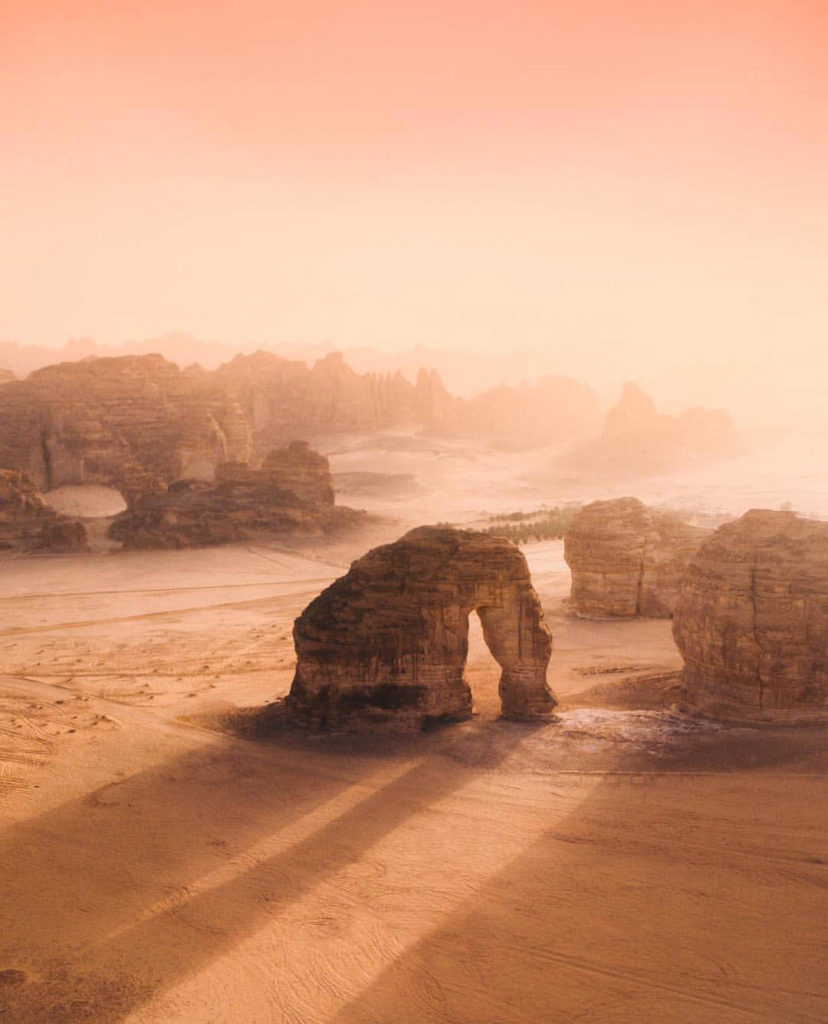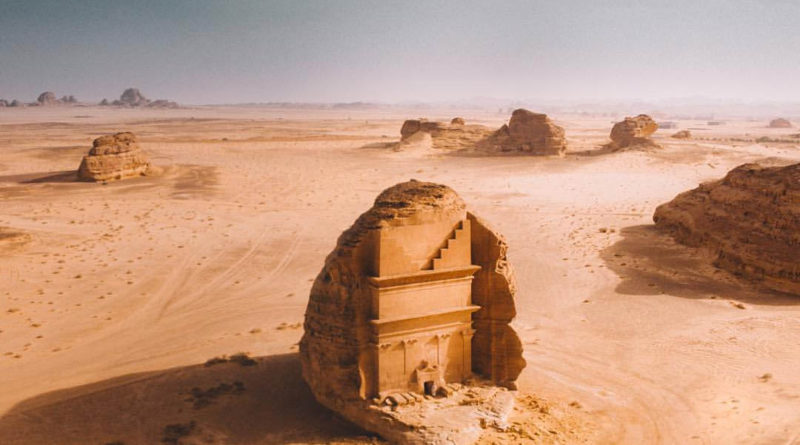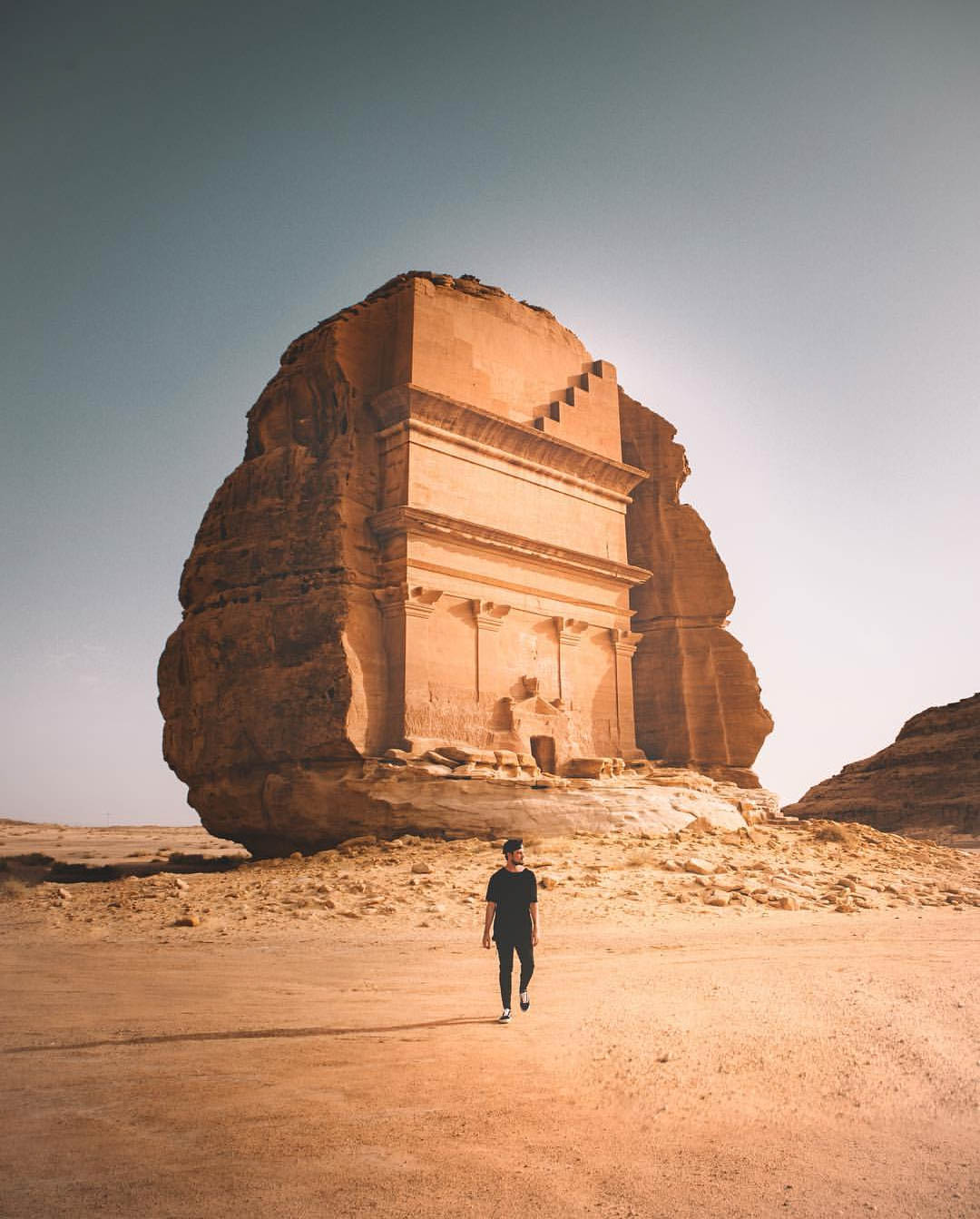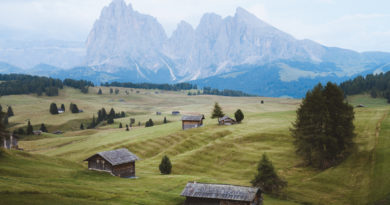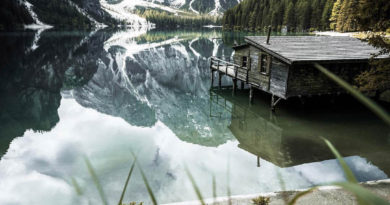Al ‘Ula, Saudi Arabia’s archaeological treasure!
Al ‘Ula
Saudi Arabia’s archaeological treasure!
Located in north-western Saudi Arabia, the walled city of Al ‘Ula was founded in 6th century BC, 236 miles away from Medina.
Al ‘Ula has been restricted to visitors for many years now. However, the last December the Saudi Arabian government decided to rethink its current tourism strategy and therefore gradually open the doors of this ancient city to visitors from all around the world.
Among all the exiting structures that you will find in the area, Madaʼin Saleh stands out. This is Saudi Arabia’s first World Heritage Site! It was chosen for its well-preserved remains from late antiquity, especially the 131 rock-cut monumental tombs, with their elaborately ornamented façades, of the Nabatean kingdom.
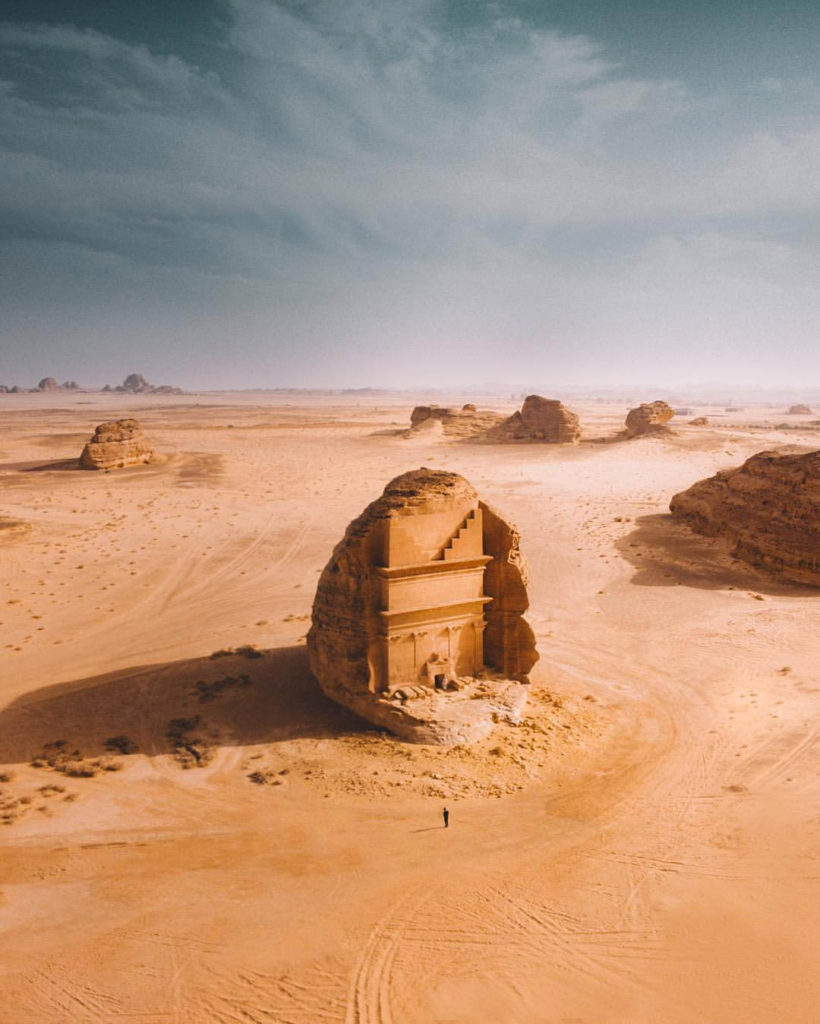
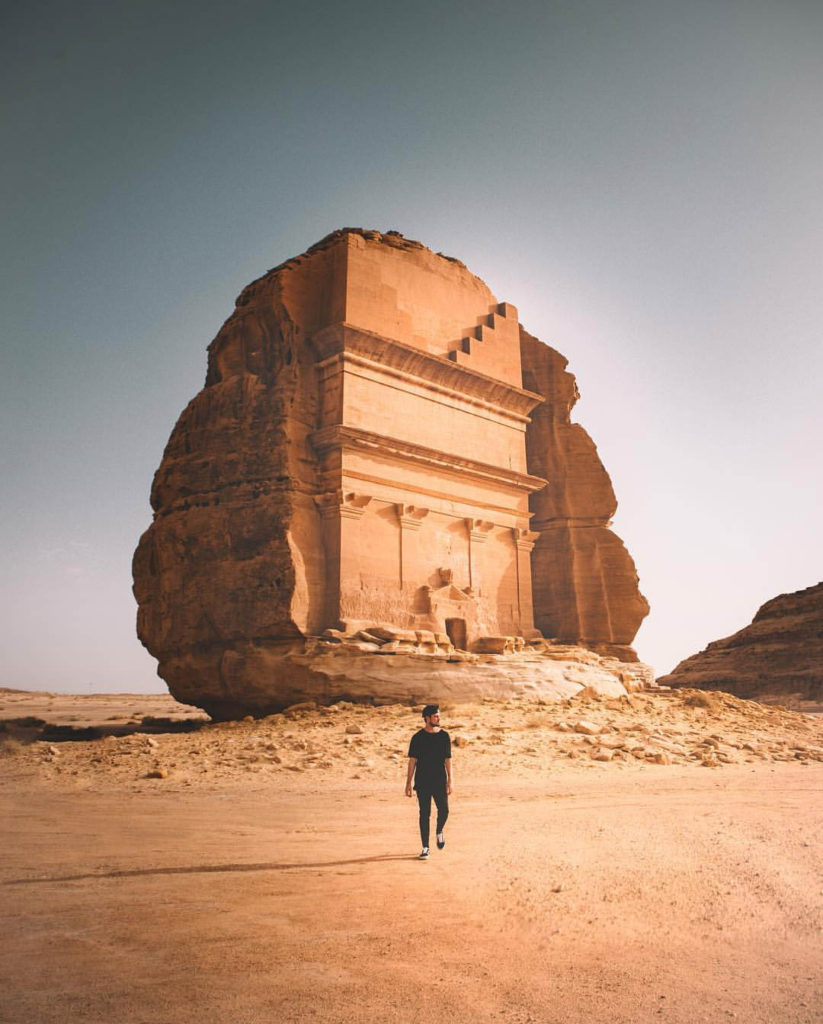
Although too little is known about Al ‘Ula, the few researchers that have visited the area describe it as a complex of sites more significant even than Petra. Furthermore, the survival of the archaeology seems to be remarkable. So there are great opportunities here to keep learning about our past.
What is known at this point is that the city was built around an oasis in the desert valley. The area used to have fertile soil and plenty of water and it was located along “Incense Road”. The Incense trade route comprised a network of major ancient land and sea trading routes linking the Mediterranean world with Eastern and Southern sources of incense, spices and other luxury goods.
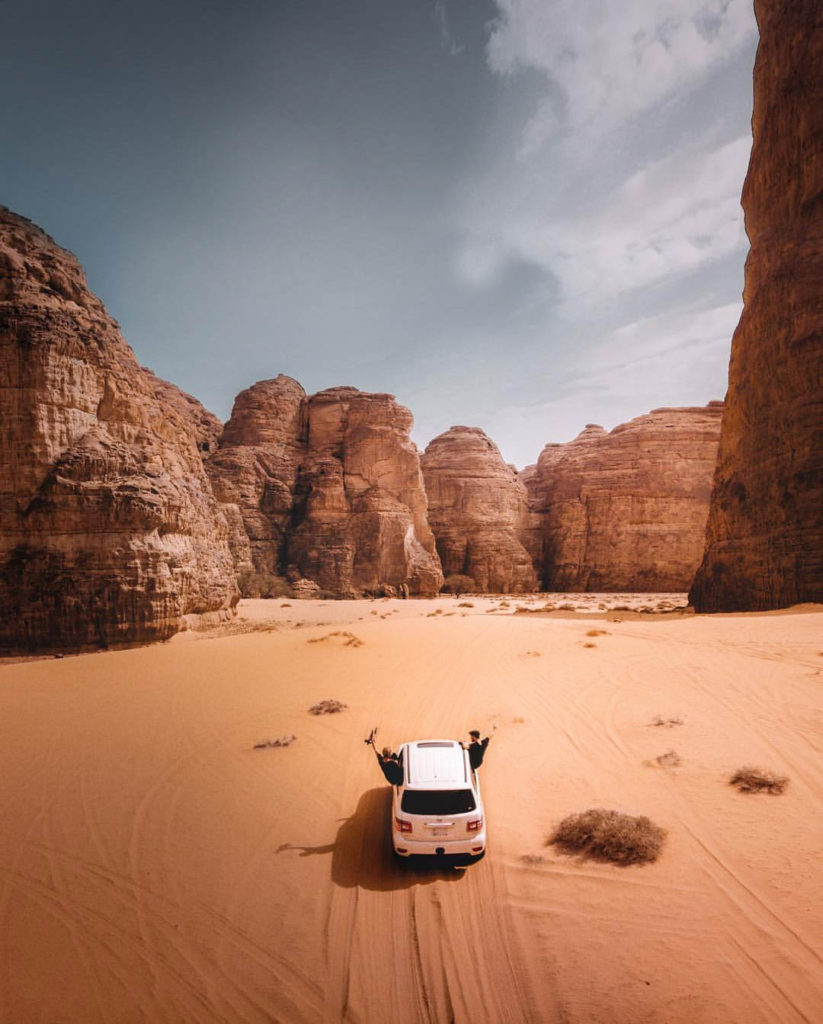
Pilgrim caravans used to stop here in order to resupply and wash, and they would leave any excess baggage with the townspeople. So, during the Islamic period, Al-Ula became an important station on the hajj road and marked the last place where Christians were permitted to travel. This is because the city hold religious significance as well; Muslims believe Muhammad passed through Al ‘Ula. As such, Christians were not specially welcome back then.
Tourist can now visit Al ‘Ula and find themselves completely alone surrounded only by ruins of an ancient civilization. In addition, there are a number of natural sites, such as extraordinary rock formations, as well as different type of structures which enhance the enchanting character of this region.
